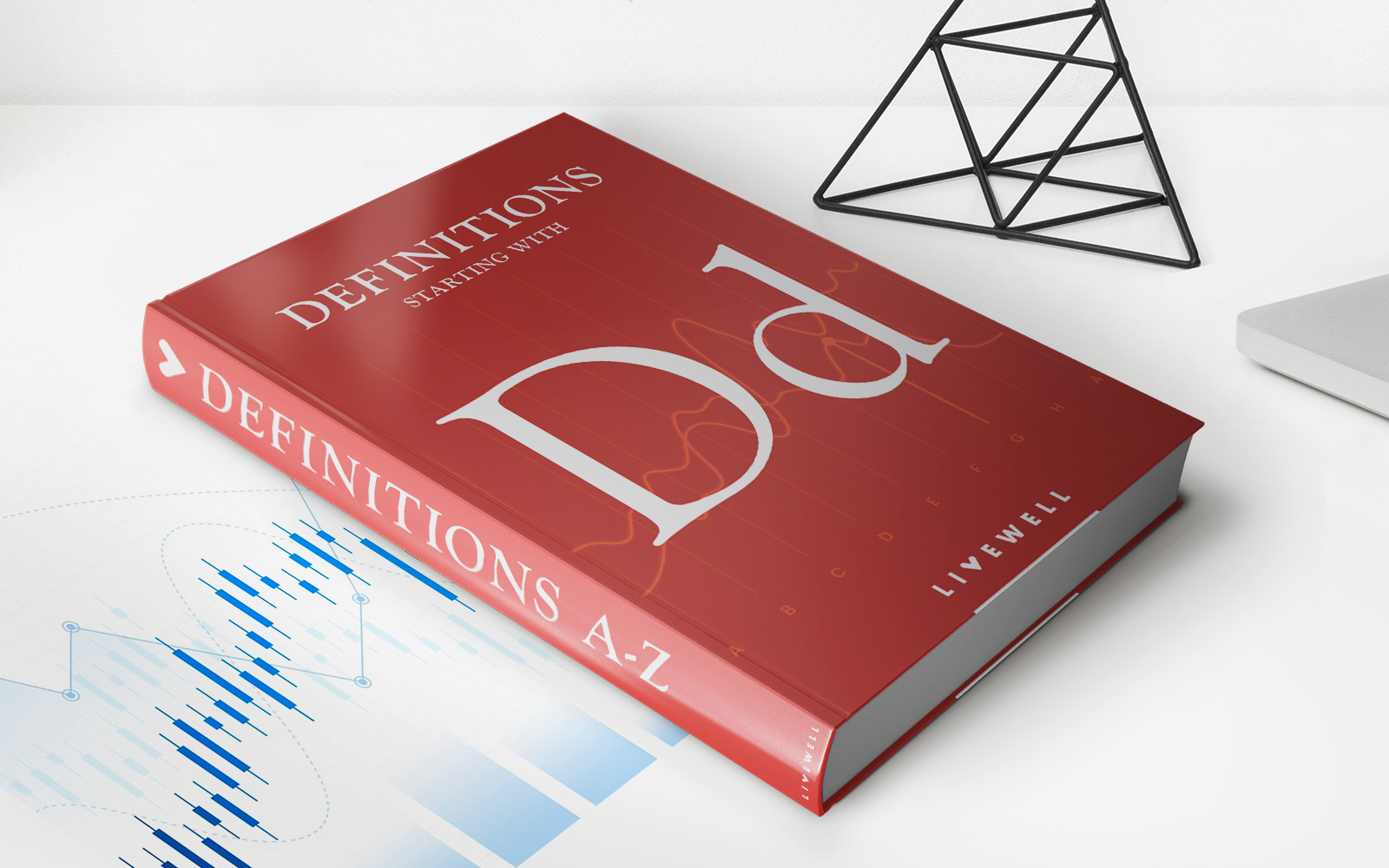Home>Finance>Stock Market Capitalization-to-GDP Ratio: Definition And Formula


Finance
Stock Market Capitalization-to-GDP Ratio: Definition And Formula
Published: February 2, 2024
Learn the definition and formula of the finance concept "Stock Market Capitalization-to-GDP Ratio" in this informative guide. Discover how it can help assess economic conditions.
(Many of the links in this article redirect to a specific reviewed product. Your purchase of these products through affiliate links helps to generate commission for LiveWell, at no extra cost. Learn more)
Stock Market Capitalization-to-GDP Ratio: Definition and Formula
Are you interested in understanding the relationship between a country’s stock market and its overall economic performance? Look no further! In this blog post, we will delve into the concept of Stock Market Capitalization-to-GDP Ratio, a key metric used to analyze a nation’s financial health. We will explain what it is, how it is calculated, and why it matters. So, let’s dive in!
Key Takeaways:
- The Stock Market Capitalization-to-GDP Ratio is a financial indicator that compares a country’s total stock market value to its Gross Domestic Product (GDP).
- It provides insights into the relative size of a nation’s stock market in relation to its overall economy.
Understanding the Stock Market Capitalization-to-GDP Ratio
The Stock Market Capitalization-to-GDP Ratio, also known as the Buffett Indicator, is a measure of the stock market’s valuation relative to the GDP of a country. It is a useful tool for investors, analysts, and policymakers to assess the overall health and potential risks of a stock market in relation to the economy.
The formula to calculate the Stock Market Capitalization-to-GDP Ratio is relatively straightforward. Divide the total market capitalization of all listed companies in a country by its GDP and multiply by 100 to express it as a percentage. The resulting ratio offers a glimpse into the stock market’s significance in proportion to the size of the economy.
Why does the Stock Market Capitalization-to-GDP Ratio matter? Let’s explore a few reasons:
1. Assessment of Market Valuation
The Stock Market Capitalization-to-GDP Ratio serves as a valuable tool to determine whether a particular stock market is overvalued or undervalued in relation to the country’s economic output. A significantly high ratio may indicate potential market bubbles, while a lower ratio may suggest an undervalued market with growth potential.
2. Risk Analysis
Examining the Stock Market Capitalization-to-GDP Ratio can help identify potential risks within an economy. When this ratio reaches extreme levels, it may signify a heightened vulnerability to market downturns or economic instability. By monitoring this ratio, investors and policymakers can gain insights into the potential impact of stock market fluctuations on the overall economy.
In summary, the Stock Market Capitalization-to-GDP Ratio is a crucial metric that provides insights into a country’s stock market valuation and its relationship with the broader economy. By understanding this ratio, investors and analysts can make more informed decisions about their investments and assess the overall risk associated with a particular stock market.














